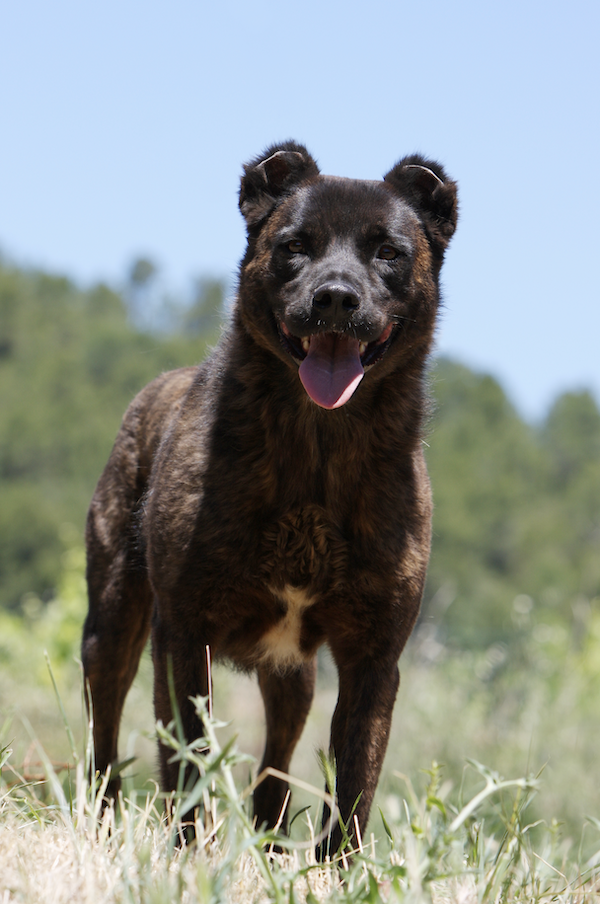
It must have seemed like a good idea at the time.
Release some pigs, sheep and cattle on an island, and then leave for, oh, a decade or two.
That’s what Portuguese sailors did early in the 15th century when they came upon the Azore Islands, an archipelago of nine volcanic islands in the North Atlantic ocean. Completely devoid of any native mammals, the islands didn’t have people, either. The sailors figured they’d be back, and if not them, future colonists, so they let loose animals to be a food supply down the road.
“Down the road” turned out to be almost twenty years later. With no predators and a rich food supply of tasty vegetation, the livestock multiplied. A lot. Within a couple of decades, the critters had formed huge herds and flocks and the only way to round up sheep and wild herds of enormous (and enormously dangerous) cattle was to use dogs. Since the islands had been claimed and settled by the Portuguese, most of the dogs they brought to the islands were most likely Portuguese as well, and probably in the Mastiff, Matin, and Alaunt families of canines.
Other settlers that arrived on the Azores were from other places in Europe, and they brought their own dogs, as well. One must remember, however, that traveling across the sea in those days was expensive and treacherous. If someone could afford to bring their dog, there was no guarantee the dog would even survive the journey. Since there were so few dogs available for breeding, the ones on hand were crossed with each other. Over time, these crossbred dogs developed an appearance (a hyena-like head, for instance) and temperament unique to themselves, and after a number of generations, they began to breed true.
This is the earliest background of the Cao Fila de Sao Miguel, the cattle-working dog native to the Azores (“Cão” stands for dog in Portuguese, while “Fila” is the word for “holding something by the teeth/mouth”). Its dependable skill at herding, driving, and catching cattle made it famous throughout the Azores, and at night, the dogs guarded homes and families. Until the 1970’s, the breed also known as the Azorean Cattle Dog and Saint Miguel Cattle Dog was almost exclusively a working dog. As its FCI standard describes, this is a “cattle dog par excellence: with a very determined character towards strangers, but docile with its owner.” These dogs know instinctively to bite low when moving dairy cows in order to avoid harming a cow’s udders, but when dealing with stray cattle, it knows it can bite higher. Innate talent.
One of the most experienced breeders, Rui Teixeira, has said of his breed: “One dog can manage a herd of cows. Understand what that entails, it can interpret over 20 different tasks from its owner on the field, distinguish several cows from one another and know them by their different names.”
Impressive!
How smart (and fearless) are these dogs? The youngster in the video below is only nine weeks old:
Photo of a Cao Fila de Sao Miguel by Dogs/Adobe
